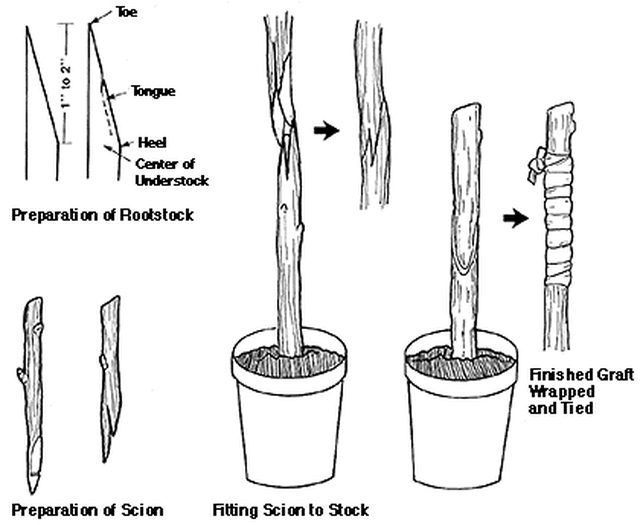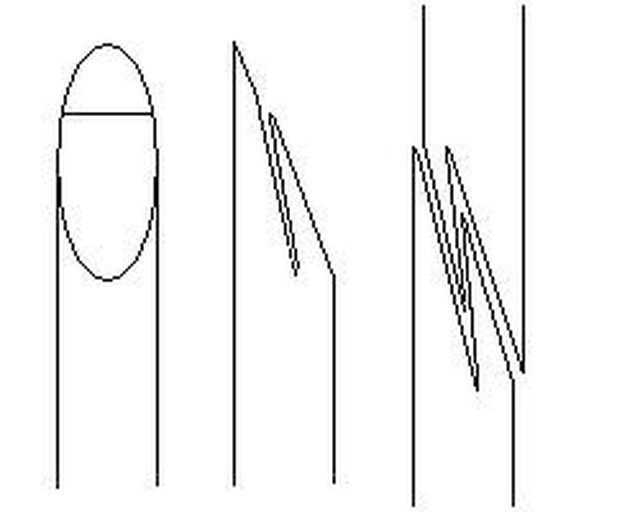Bulbs
Flower Basics
Flower Beds & Specialty Gardens
Flower Garden
Garden Furniture
Garden Gnomes
Garden Seeds
Garden Sheds
Garden Statues
Garden Tools & Supplies
Gardening Basics
Green & Organic
Groundcovers & Vines
Growing Annuals
Growing Basil
Growing Beans
Growing Berries
Growing Blueberries
Growing Cactus
Growing Corn
Growing Cotton
Growing Edibles
Growing Flowers
Growing Garlic
Growing Grapes
Growing Grass
Growing Herbs
Growing Jasmine
Growing Mint
Growing Mushrooms
Orchids
Growing Peanuts
Growing Perennials
Growing Plants
Growing Rosemary
Growing Roses
Growing Strawberries
Growing Sunflowers
Growing Thyme
Growing Tomatoes
Growing Tulips
Growing Vegetables
Herb Basics
Herb Garden
Indoor Growing
Landscaping Basics
Landscaping Patios
Landscaping Plants
Landscaping Shrubs
Landscaping Trees
Landscaping Walks & Pathways
Lawn Basics
Lawn Maintenance
Lawn Mowers
Lawn Ornaments
Lawn Planting
Lawn Tools
Outdoor Growing
Overall Landscape Planning
Pests, Weeds & Problems
Plant Basics
Rock Garden
Rose Garden
Shrubs
Soil
Specialty Gardens
Trees
Vegetable Garden
Yard Maintenance
How to Graft Fig Trees
How to Graft Fig Trees. Propagating fig trees by grafting is not a common practice, because they can be propagated by removing a branch and planting it in the ground. However, grafting one type of fig onto a different type of fig tree in order to have two or more kinds of figs growing on one tree is often done. Figs react well to grafting; you...

Propagating fig trees by grafting is not a common practice, because they can be propagated by removing a branch and planting it in the ground. However, grafting one type of fig onto a different type of fig tree in order to have two or more kinds of figs growing on one tree is often done. Figs react well to grafting; you can usually expect to have a great deal of success. Though several methods exist, the method most frequently used to graft fig trees and is known as whip and tongue grafting.
Things You'll Need
Very sharp knife
Transparent tape
Choose the right time of year. The best time of year to graft fig trees is in the spring when the trees are just starting to grow and bud. You can graft in late summer, usually sometime in August; however, your fig will not develop any new buds until the next spring.
Pick a host and a scion that are of almost equal size. The host can be any branch on your fig tree to which you will graft the scion, or the piece cut from the second fig.
Prepare the host. Make a 1 to 2?-inch cut sloping downward with a very sharp knife. Cut the host deep enough to expose the cambium, or green inner part underneath the bark.
Create a "tongue" on the host. This is done by making a clean downward sloping cut starting at about one third of the way up from the bottom of the initial cut. This will result in piece that will be sticking out, resembling a tongue.
Remove the scion. Cut a piece from the tree you wish to graft onto the host. It should have at least three buds just beginning to form on it. Cut a piece about 4 to 6 inches long. Remove any leaves.
Make a tongue in the scion. You will do this just as you did on the host, except the cut will be made with an upward sloping cut.
Fit the host and scion together. Lock the scion onto the host with its cambium of the scion lining up with the cambium of the host. Do not extend the end of the scion too far over the end of the host. This will cause a callus as the graft begins to heal and will impair the final healing.

Wrap the two pieces together using transparent tape (sometimes called tree tape). Remove the tape as soon as the graft takes, which should be in a few weeks.
Tips & Warnings
You can also use this method of grafting to graft fig trees onto other types of fruit trees.
Also make sure that your host and scion are of about equal size. If one is larger than the other, a callus will form as the graft begins to take. This can hamper the healing process.
If there is a chance that your graft may start to be too dry, add some peat moss, moist sand, or moist sawdust to the grafted area.